Low pitched roofs, also known as flat roofs, offer an excellent design solution for a range of challenges such as large buildings and projects with height limitations (where a pitched roof would exceed the consented allowance). Flat roofs are often considered easier and more economical to access and maintain. They can assist with achieving acceptable ceiling heights in the space below by minimising fall across the roof.
Pitched roofs will shed rainwater to external gutters and the surrounding area. With larger projects where the roof space captures an increased volume of rainwater, and potentially located at a higher elevation, it is important that the rainwater is captured and discharged in a controlled way.
Internal gutters are used to channel and direct rainwater into the roof drainage system. Internal “gutters shall be sized to meet the requirements of NZBC clause E1 for the particular catchment area” (NZBC E2/AS1 Figure 64) with a minimum of 300mm width x 50mm depth and minimum 1:100 fall. Internal outlets should have a dome grate to reduce blockage and a membrane clamp ring screwed to the base to secure the membrane. E1/AS1 clause 5.5 identifies that internal gutters need an overflow that discharges to the exterior of the building and is located to provide early warning to the building occupier that maintenance of the gutter is needed.
There are a range of approaches to how a low-pitched roof can be designed, it could include an internal gutter and/or drain into a rainwater head and the lowest point, or through a traditional roof drain outlet. The method will likely depend on the project’s unique requirements, features and hydraulic needs. Reputable New Zealand manufacturers such as Allproof offer a wide range of solutions for all these scenarios and more.
It is important to note that if the drainage system is taken through the building envelope, the system should be watertight. In this scenario Allproof’s Sureflow and VRTW/Vinylrite roof drains are an excellent solution as they allow for a solvent cement connection to uPVC DWV pipe, also Allproof’s bronze roof drains offer a sealed connection through an o-ring. This means Allproof’s roof drain solutions can be flood tested to ensure watertightness in the system.
Roof drain bases with an 88° outlet offer an excellent solution for reducing the depth of the fitting. This allows an increased distance from the roof drain’s outlet location, and along the downpipes run to where it exits the ceiling or soffit cavity when considering the amount of invert, or fall required to meet compliance. Allproof’s Sureflow, VRTW and bronze bases offer an 88° outlet option to suit pipe sizes from 65mm to 100mm.
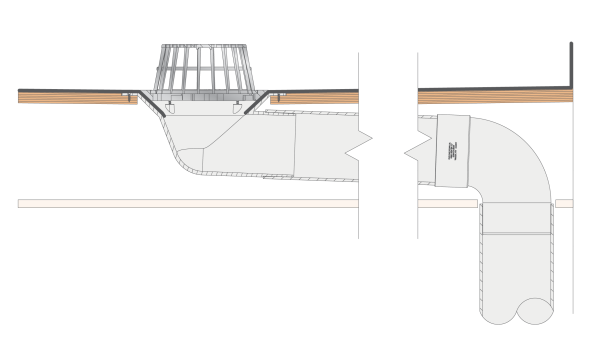
As stated earlier, the location of the overflow needs to be clearly visible to the building occupier. To reduce the visual impact of a penetration created by the overflow outlet, Allproof have developed the Soffit Cover. These are available in full stainless or with a PVC body and stainless cover plate (also available powder coated). The soffit cover hides the penetration while allowing a path for rainwater to escape outside the building envelope should the overflow activate.
Another design feature to Allproof’s stainless steel overflows is an integrated cowl. Market feedback highlighted that water runoff from long spans of low pitch roofs would splash into the overflow grate opening, additionally heavy vertical rain would add to this. Residents may also wash their tiled balconies which are installed on tile jacks over an overflow. This would then result in the overflow activating and incorrectly alerting the building occupier, as well as dripping onto decks, balconies or other covered areas. Therefore, Allproof designed the stainless overflow to have an integrated cowl cover preventing water accidentally entering the overflow outlet.
Allproof manufacture and supply a range of scuppers from stainless steel, HDPE and IGOM-EE Synthetic Rubber providing a UV resistant solution to suit New Zealand’s environment and the roofing membranes on the market. Allproof’s scuppers are highly adaptable, they can be installed as penetrations through parapets, concrete panels, balcony edges, terraces/decks and in box gutters.
The Scupper outlet can be directed into an Allproof Rainwater Head made from 304 or 316 stainless steel. An overflow scupper can also be installed with the outlet penetrating through a wall visible to building occupants. Allproof Rainwater Heads are made by a team of fabricators on the North Shore of Auckland and provide the ability for customisation to individual design specifications.
Allproof’s team of fabricators also custom manufacture stainless steel down pipes completing the roof drainage system. Allproof’s range of drainage systems control and remove rainwater from the roof to the Stormwater system.
Allproof's innovative roof and balcony drainage systems have been hydraulically tested using an independent 3rd party NATA accredited laboratory to maintain integrity in Allproof’s test data.
Selecting a New Zealand manufacturer with 37 years of industry experience, a large portfolio of products and proven in-service history provides confidence to installers specifiers when considering drainage systems.
Allproof consistently deliver premium NZ made drainage systems and provide unique solutions to the New Zealand construction industry.











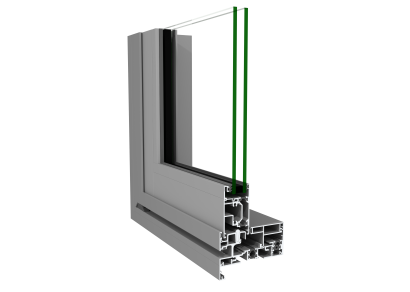

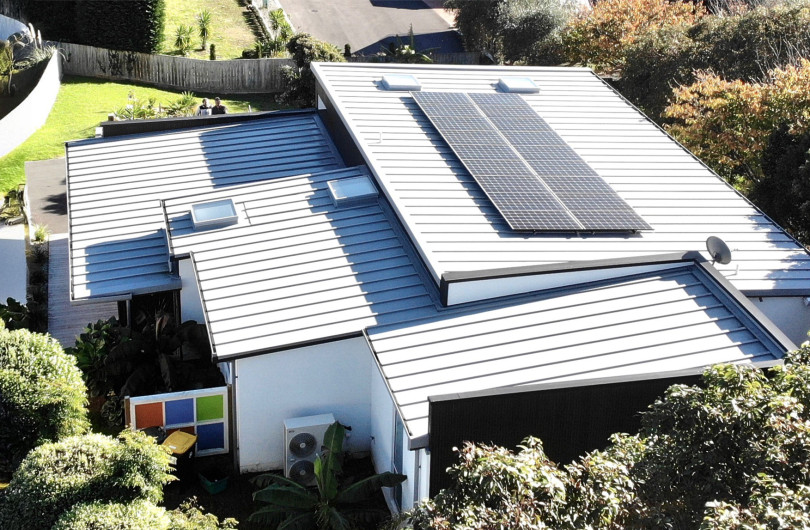
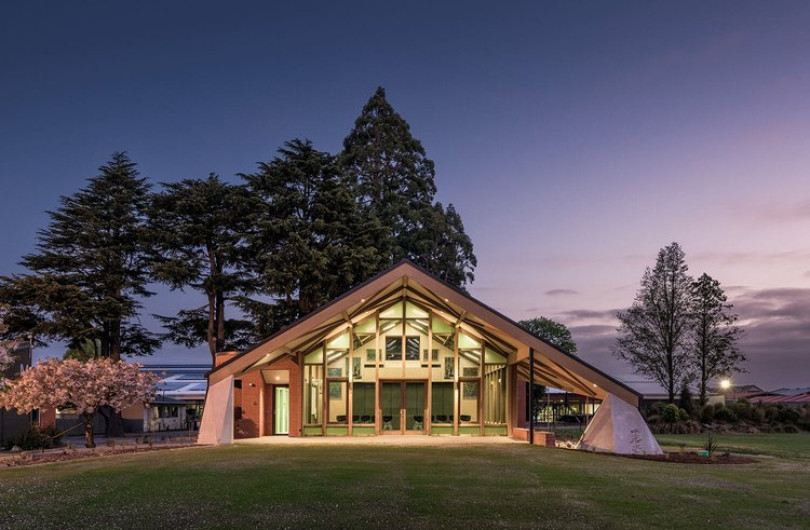


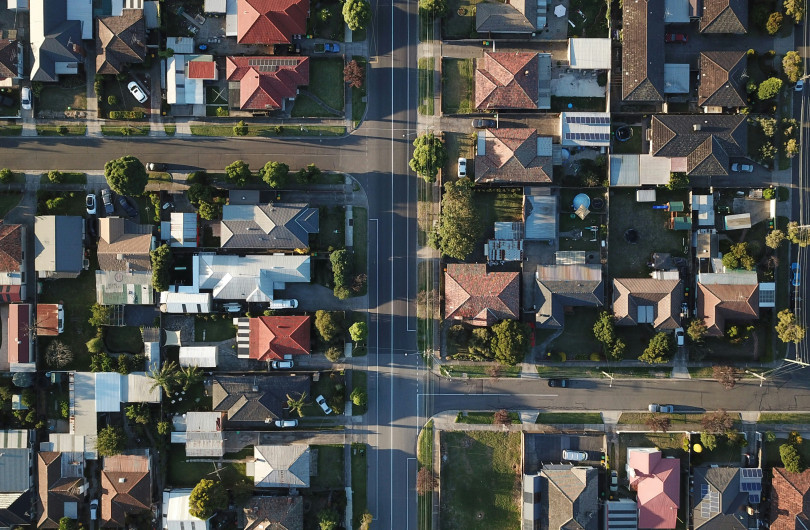

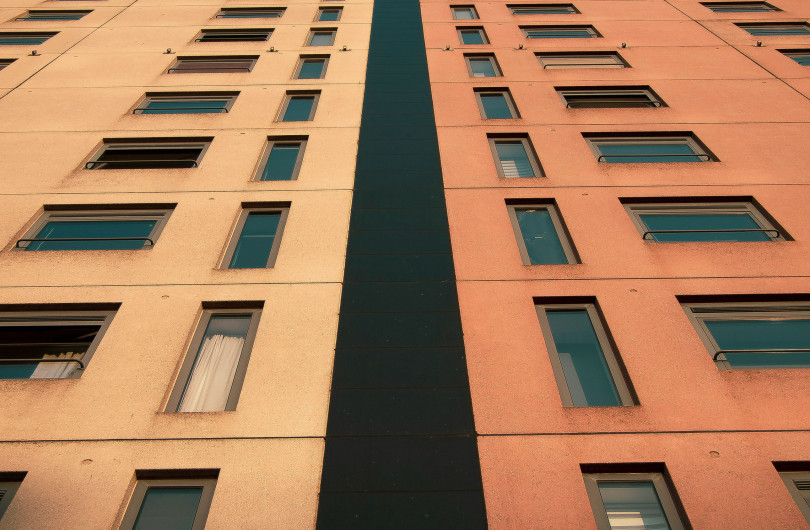




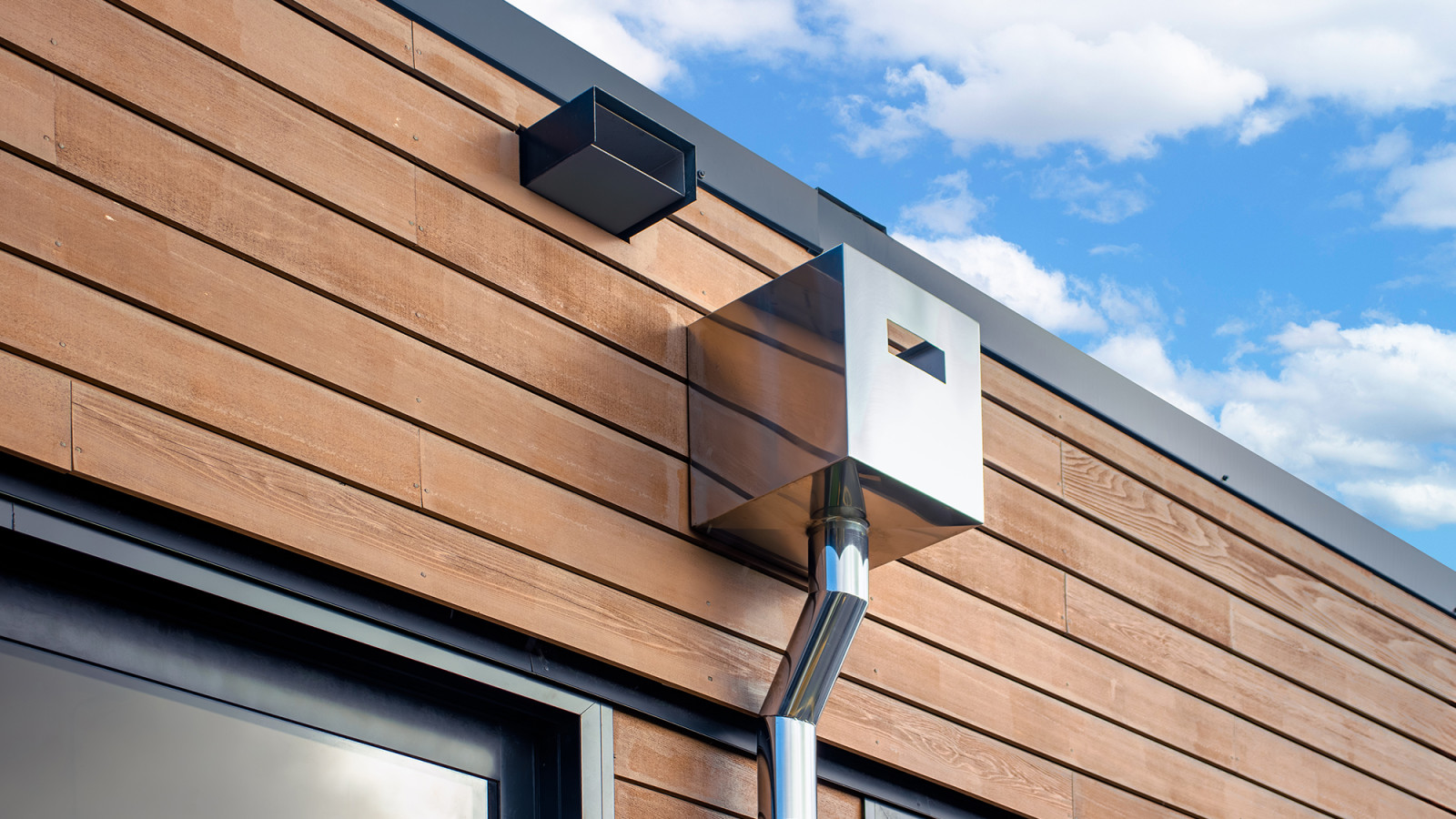



 Most Popular
Most Popular Popular Products
Popular Products


